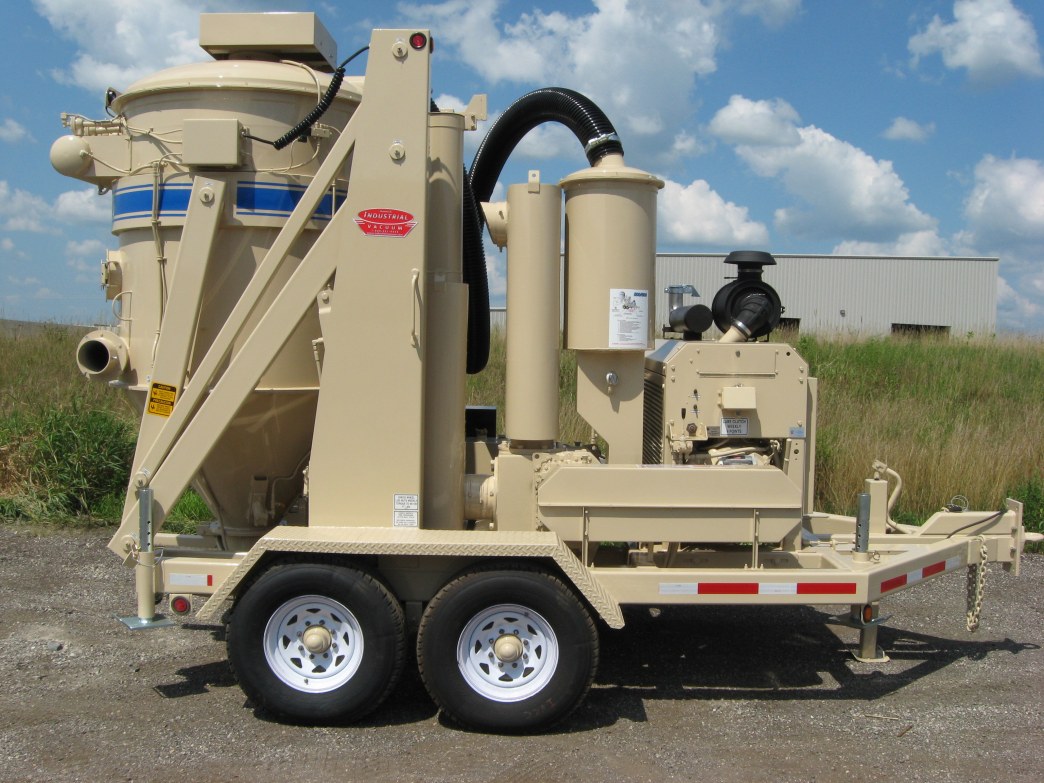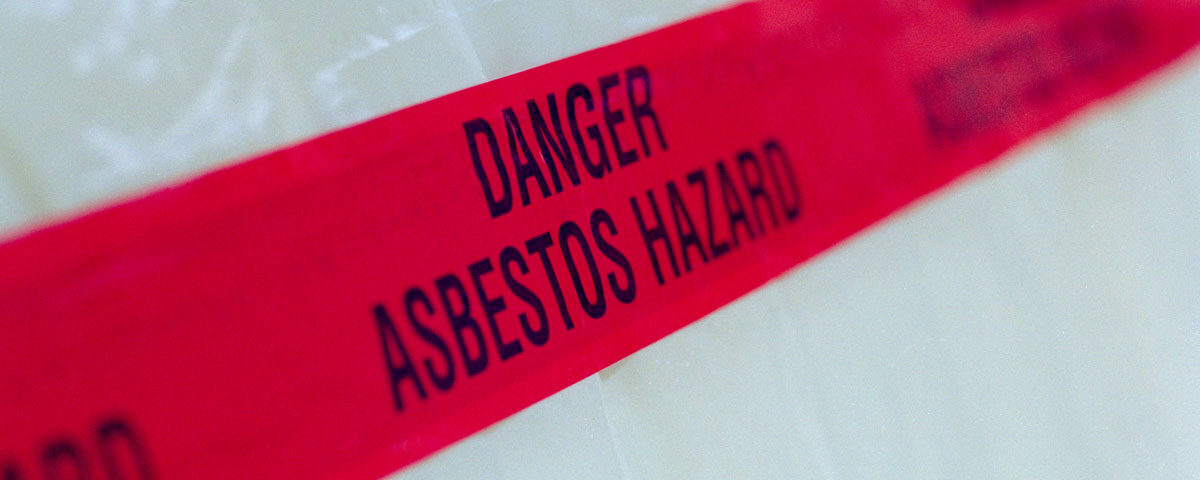
Tougher sanctions, criminal charges needed for asbestos rule abusers
February 24, 2016
A new addition, the Vec Loader
June 28, 2016Reposted from an article written in the Georgia Straight. See the original article here.
Home-demolition contractor Jerome Klett is blowing the whistle on what he claims are rampant illegal practices in the industry.
The owner of Vancouver-based 4W’s Demo Ltd. told the Georgia Straight that unsafe operations place not only workers but residents at risk of deadly asbestos exposure.
“There’s a lot of procedures involved with asbestos removal, and a lot of the companies that are doing it right now are cheating brutally,” Klett said in a phone interview.
A fine and strong mineral fibre, asbestos has been used for heat and noise insulation, for fire protection, and in cement and plaster. It has been found to be a health hazard. Asbestos was used in house construction until the late 1980s.
According to Klett, around 2,000 to 3,000 old homes containing asbestos materials are being demolished every year in the Lower Mainland.
Klett said that such shenanigans as deliberately failing to put in place measures to control the spread of asbestos aren’t limited to firms that actually do demolitions. He claimed that some companies conducting environmental assessments of homes are also involved in questionable practices.
“They will literally lie and falsify the documentation so the client will have less cost. But when they do that, they do that for a cost, of course,” Klett said. “To get an environmental report done, it costs around $500. But these guys, what they’ll do is, they’ll come in and say, ”˜Oh, I did a report. You’ve got all this bad stuff in your house. I’ll write a report for you for $1,500 saying you have no bad stuff in your house.’”
Before old homes are either knocked down or renovated, contractors like Klett first have to remove all asbestos-containing materials. But before they can do that, they have to submit a “notice of project for asbestos” to WorkSafeBC at least 24 hours before the work begins.
This NOPA provides details of the work involved and measures being taken to minimize the risk of asbestos exposure.
“There are now companies in the industry that don’t bother with NOPAs,” Klett said. “They dump the stuff illegally.”
WorkSafeBC is a provincial Crown corporation whose mandate includes the administration of an employer-paid insurance system that compensates workers for job-related injuries and diseases.
Al Johnson, who is WorkSafeBC’s regional director responsible for construction, acknowledged that there is a lot of activity in the demolition industry.
“I think in the City of Vancouver alone, there’s three or four houses demolished every given day,” Johnson told the Straight in a phone interview. “And a lot of those houses contain hazardous materials.”
He noted that some contractors don’t observe regular procedures like filing NOPAs. “That’s not always followed, so really it’s a bit of detective work to find out where these places are and then inspecting them,” Johnson said. “We also work with the municipalities so that when they issue a demolition permit, they’ll also let us know where these permits are issued for.”
According to WorkSafeBC, over 20 percent of all fatality claims it accepted between 1994 and 2003 resulted from asbestos exposure. These deaths were attributed to asbestosis, mesothelioma, and lung cancer.
A WorkSafeBC enforcement report dated March 3 provides several examples of how regulations are not being followed.
In one case, Nystar Developments Corporation was fined $2,500 last year while operating in Vancouver. It was established that 10 of the company’s workers were removing asbestos-containing materials from a demolition site “without following the proper procedures and without using appropriate personal protective equipment”.
The firm also failed to ensure that the asbestos materials identified in the work site’s hazardous materials survey were safely contained, WorkSafeBC’s report notes.
According to Johnson, the effects of asbestos exposure have a long latency period. “Deaths from asbestos diseases continue to grow in this province,” he said. “You’re exposed today, and the disease develops 20, 30, 40 years from now.”



